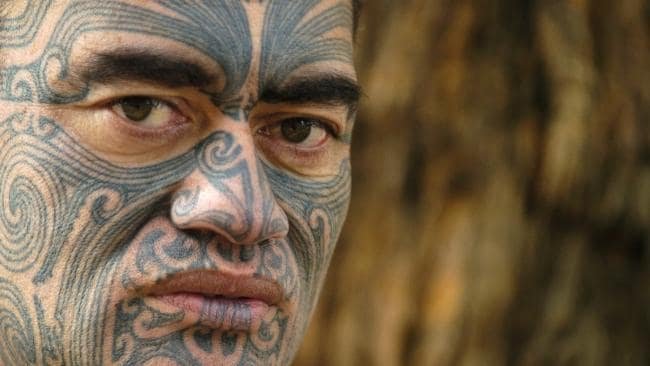A stereotype is a heuristic – a mental shortcut. We would need them to negotiate our way around a simple world, let alone the complicated one we find ourselves in now.
If you see a square-ish, flat surface with four legs holding it off the floor and a vertical surface rising from one side you are likely to deduce that it is a chair. It fits the various qualities you associate with chairs according to your chair-schema in your head. Imagine if every time you saw a chair you had to work out anew exactly what it was and what it was for. Now imagine you had to do that for every object you came across. Life would be unmanageable.
We need schemata to tell us what novel objects are likely to be, what they are for, and whether they are dangerous.
A stereotype is simply a schema, but we usually (not always) use the term stereotype when talking about schemata applied to types of people. For example, a man with lots of piercings and pink hair in a mohican style fits the stereotype of a punk. A man with a pin-striped suit, a bowler hat and an umbrella fits the stereotype of a London stockbroker who inadvertently stepped into a time warp.
In these days of tolerance (although that seems to me to be on the decline recently), people-based stereotypes appear to be less important because we copy styles from all over the world. Wearing a special tattoo no longer necessarily means you are from one particular Maori tribe – it may just mean you liked the design. Having a distinctive shade of skin no longer designates you as being from a particular part of the world any more, as more and more cities become more and more cosmopolitan.
Stereotypes persist, however, and can help us out occasionally. If you see a man with a balaclava and a shotgun, it is still best to follow your stereotype instincts and duck around the corner before he sees you.
